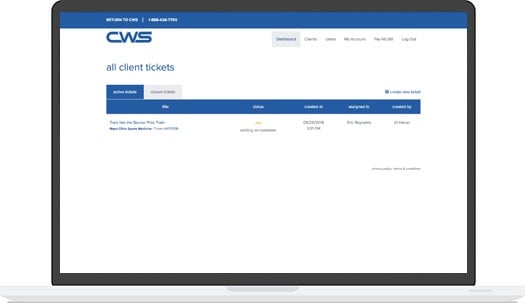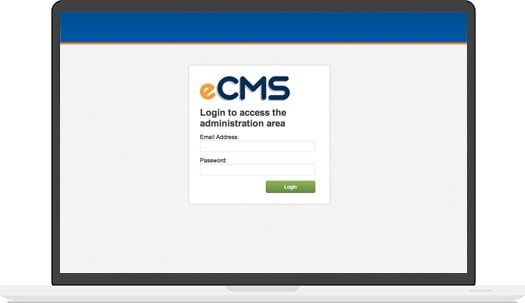In a world of screens, it goes against every parenting article to suggest activities for your kids that involve more screen time. However, early exposure to the coding thought process can improve reasoning skills, logic, and other positive lessons that go beyond the extremely useful skill of coding.
Even if you have no experience or knowledge of what coding entails, there are many ways you can encourage the interest in your children.
Encourage your Kids to ‘Think’ like a Programmer
If you aren’t in the programming field, it’s hard to encourage your kids’ interest simply because you don’t know where or how to start. You can’t teach based on personal experience. Instead, you have to turn to tools and resources. You can also encourage coding habits.
The most important habit you can teach your kids is coding involves creativity. The ability to solve a problem or develop a better way to do something is at the very basis of each and every coding project.
Beyond creativity, you can also encourage computational thinking. While computational thinking in real-world applications involves high-level algorithms and coding experience, at its core, it is simply a thought process. The easiest introduction you can do is to encourage step-by-step thinking.
And you can start teaching these basics to children of any age!
It’s Never too Early to Introduce Coding
It really is never too early to introduce the habits of coding. As with anything in life, it’s easier to understand and learn the earlier you begin. As a parent, you can turn nearly anything into problem that requires skills associated with coding.
For example, while doing chores or other activities, go through each and every step together and create your own programming puzzle. Start with the overview of what you’re trying to achieve, followed by the exact, detailed steps it will take to get there. Go through these instructions with your child and see if you have the commands and if-then instructions correct. Review what would happen if you changed one of the steps and make sure to review and fix a step if something doesn’t work. Once you’ve mastered at-home puzzles, move into something more structured.
Free Programs and Tools to Get Kids Interested in Coding
When your child is old enough, and ready to start translating these habits to an actual platform, there are many great programs and resources you can access from home to encourage these habits.
The two most popular and studied tools are Scratch and Tynker. Scratch was developed by MIT and allows kids to create their own animations, games, and other interactive ideas. This program is continually studied by MIT with the goal of providing skills needed for the 21st century. Tynker has a goal of empowering kids to become makers. Their programs take it a step further and explore what can be done with code -- what kids can create and do by creating simple programs for different products.
Beyond these free resources, there are many great toys and non-screen options that teach kids the fundamentals of the skills and commands coding requires.
Conclusion
You don’t have to know anything about programming and coding to encourage these skills in your children. It’s important to note that not every child will be interested in coding. The best thing you can do is sit down with them and work through these activities. With the use of free tools and other resources, you’ll encourage logic and communication skills that go far beyond the computer.

.jpg?t=1533315998368) How-To Articles
How-To Articles Support Portal
Support Portal Webmail
Webmail Rapid Newsletter+
Rapid Newsletter+ eCMS
eCMS


 Emily is the head Content Creator. She enjoys communicating complex ideas in an easy-to-understand way.
Emily is the head Content Creator. She enjoys communicating complex ideas in an easy-to-understand way.
